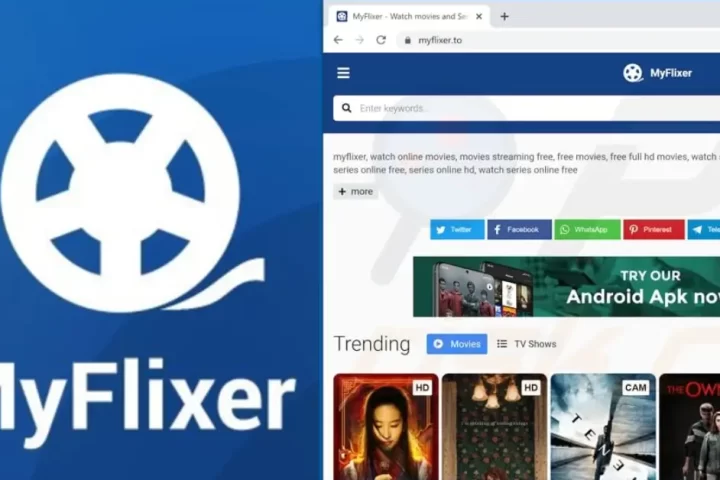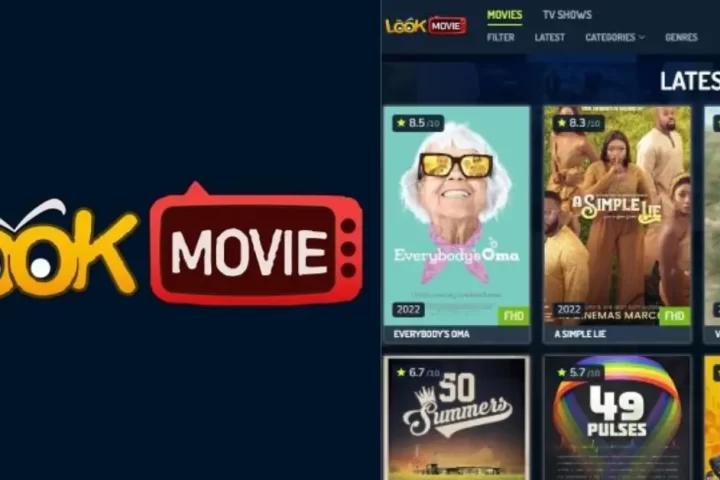Outdoor broadcasting, also known as OB, has undergone a remarkable transformation over the years. Initially, it started as a rudimentary process, with broadcasters struggling to capture and transmit live events from remote locations.
However, with the advent of technology, outdoor broadcasting has become a cornerstone of media production, offering audiences unparalleled access to live events and breaking news coverage. Today, outdoor broadcasting is synonymous with excitement and immediacy, allowing viewers to experience the thrill of events as they unfold in real-time.
From the first outdoor radio broadcasts in the early 20th century to the live streaming of major sports tournaments in the present day, the evolution of outdoor broadcasting has been nothing short of extraordinary.
Also Read: CentralBins ChatGPT
What is Outside Broadcasting?
Outside broadcasting, or OB, refers to the process of capturing and transmitting live audiovisual content from remote locations. Unlike traditional studio-based production, which is confined to controlled environments, outdoor broadcasting allows for on-the-spot coverage of events as they happen.
The concept of outdoor broadcasting dates back to the 1920s when radio stations began broadcasting live events such as sports games and political rallies. However, it wasn’t until the mid-20th century that outdoor broadcasting truly came into its own, with the advent of television.
With the development of portable cameras and transmission equipment, broadcasters gained the ability to deliver live video feeds from virtually anywhere. Today, outdoor broadcasting encompasses a wide range of events, including sports tournaments, music concerts, and news coverage, all made possible by advancements in technology and equipment.
How Does Outside Broadcasting Work?
Outdoor broadcasting relies on a sophisticated network of equipment and infrastructure to deliver seamless coverage from any location. At the heart of this process are mobile production trucks, which serve as mobile studios for production crews.
Equipped with state-of-the-art cameras, sound mixers, and editing suites, these trucks enable broadcasters to capture, edit, and transmit live content in real-time. The first mobile production trucks were introduced in the 1950s, revolutionizing the way outdoor broadcasts were conducted.
Over the years, mobile production trucks have evolved to incorporate the latest technologies, including digital video editing and file-based workflows. Today, these trucks are equipped to handle high-definition video signals and even 4K video transmission, allowing broadcasters to deliver stunning visuals to viewers around the world.
Benefits of Using Mobile Production Vehicles
Mobile production trucks offer numerous advantages over traditional studio setups, making them indispensable tools for broadcasters. One of the key benefits is flexibility. Unlike fixed studio locations, mobile production vehicles can be deployed to any location, allowing broadcasters to cover events in real-time.
This flexibility extends to cost-effectiveness, as mobile production trucks are more affordable to operate than permanent studio facilities. Additionally, mobile production vehicles offer scalability, allowing broadcasters to customize their equipment to meet the demands of each event.
Whether it’s a small community festival or a large-scale sporting event, mobile production trucks provide the versatility and reliability needed to deliver exceptional coverage.
Finding the Right Mobile Production Truck
Choosing the right mobile production truck is essential for ensuring successful outdoor broadcasts. Broadcasters must consider factors such as size, capacity, and technological capabilities when selecting a vehicle. Additionally, it’s important to partner with reputable suppliers who can provide reliable equipment and support services.
Companies like CP Cases specialize in designing bespoke broadcast products, including 19” racks for sensitive equipment and camera rain covers for outdoor use. By working closely with experienced suppliers, broadcasters can ensure they have the right tools and resources to deliver compelling outdoor broadcasts.
Challenges of Outside Broadcasting
While outdoor broadcasting offers numerous benefits, it also presents unique challenges that must be overcome. Environmental factors such as weather and terrain can impact equipment performance, requiring broadcasters to invest in robust and weatherproof protection.
Additionally, power management and electricity supply are critical considerations, as broadcasting requires significant power resources. Other challenges include efficient cabling and signal transmission, as well as setup and takedown efficiency. By addressing these challenges with innovative solutions, broadcasters can maximize the effectiveness of their outdoor broadcasts.
Equipment for Outside Broadcasting
Key equipment for outdoor broadcasting includes cameras, microphones, lighting, and transmission gear. These tools are essential for capturing high-quality audiovisual content and transmitting it to viewers around the world. Mobile production trucks serve as command centers, housing all the necessary equipment for live production and transmission.
Companies like CP Cases specialize in designing and manufacturing bespoke broadcast products, including protective cases and racks for sensitive equipment. By investing in reliable equipment, broadcasters can ensure they have the tools they need to deliver exceptional outdoor broadcasts.
CP Cases: Providing Solutions
CP Cases is a leading provider of protective cases and racks for sensitive equipment, including those used in outdoor broadcasting. With over 50 years of experience, CP Cases has earned a reputation for delivering innovative solutions that meet the unique needs of broadcasters.
From bespoke 19” racks to camera rain covers, CP Cases offers a comprehensive range of products designed to protect equipment in even the most challenging environments. By partnering with CP Cases, broadcasters can trust that their equipment will remain safe and secure, enabling them to focus on delivering captivating outdoor broadcasts.
Camera Rain Covers: Reliable Protection
One of the key challenges of outdoor broadcasting is protecting equipment from the elements, particularly rain. Camera rain covers are essential for safeguarding cameras and lenses from moisture, ensuring they remain operational in adverse conditions. CP Cases manufactures some of the most reliable camera rain covers on the market, made from water-repellent urethane-coated material.
These covers are custom-made to fit specific camera models, providing a snug and secure fit. Whether it’s a torrential downpour or a light drizzle, broadcasters can rely on CP Cases camera rain covers to keep their equipment dry and functional.
Maximizing Outside Broadcasting Effectiveness
To maximize the effectiveness of outdoor broadcasting, broadcasters must leverage the latest technologies and best practices. This includes investing in high-quality equipment, partnering with experienced suppliers, and implementing efficient workflows.
Additionally, broadcasters should prioritize safety and reliability, ensuring that equipment is properly protected and maintained. By taking these steps, broadcasters can deliver compelling outdoor broadcasts that engage and captivate audiences around the world.
Final Thoughts
Outdoor broadcasting continues to play a crucial role in delivering live events and breaking news coverage to audiences worldwide. With advancements in technology and equipment, broadcasters have more tools and resources at their disposal than ever before.
By overcoming challenges and embracing innovation, outdoor broadcasters can deliver immersive and unforgettable viewing experiences. With the right equipment, expertise, and dedication, the possibilities for outdoor broadcasting are limitless.
You May Also Like: MyFlixer
Frequently Asked Questions (FAQs) About Outdoor Broadcasting
What is outdoor broadcasting?
Outdoor broadcasting, also known as OB, refers to the process of capturing and transmitting live audiovisual content from remote locations. Unlike traditional studio-based production, outdoor broadcasting allows for on-the-spot coverage of events as they happen.
What equipment is used in outdoor broadcasting?
Outdoor broadcasting requires a range of equipment, including cameras, microphones, lighting, and transmission gear. Mobile production trucks serve as command centers, housing all the necessary equipment for live production and transmission.
What are the challenges of outdoor broadcasting?
Outdoor broadcasting presents unique challenges, including environmental factors such as weather and terrain, power management, efficient cabling, and setup efficiency. Overcoming these challenges requires innovative solutions and careful planning.
How does outdoor broadcasting work?
Outdoor broadcasting relies on mobile production trucks, equipped with state-of-the-art cameras, sound mixers, and editing suites. Signals from cameras and microphones are routed through the production truck, where they are processed, mixed, and transmitted to viewers in real-time.
What are the benefits of using mobile production vehicles?
Mobile production vehicles offer flexibility, cost-effectiveness, and scalability, making them ideal for outdoor broadcasting. They can be deployed to any location, customized to meet the demands of each event, and are more affordable to operate than permanent studio facilities.
How can I protect equipment in outdoor broadcasting?
Protecting equipment in outdoor broadcasting is crucial to ensuring its functionality and longevity. Companies like CP Cases offer a range of protective cases and covers designed specifically for outdoor use, including camera rain covers and protective racks for sensitive equipment.
What role does technology play in outdoor broadcasting?
Technology plays a significant role in outdoor broadcasting, enabling broadcasters to capture, edit, and transmit live content in real-time. Advancements in digital video editing, file-based workflows, and high-definition transmission have transformed the outdoor broadcasting landscape.
How can I maximize the effectiveness of outdoor broadcasting?
Maximizing the effectiveness of outdoor broadcasting requires leveraging the latest technologies, partnering with experienced suppliers, and implementing efficient workflows. Prioritizing safety, reliability, and audience engagement are also key factors in delivering successful outdoor broadcasts.









